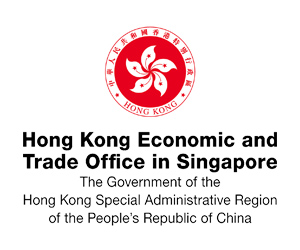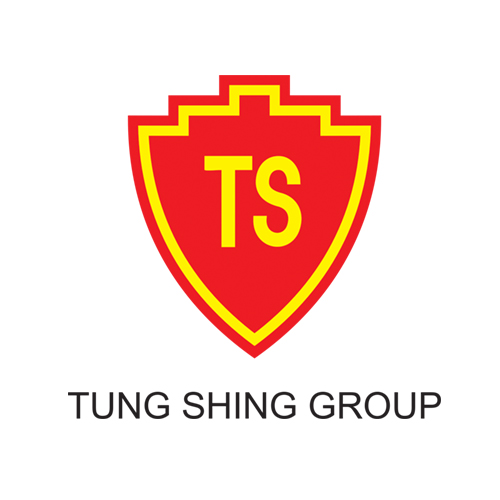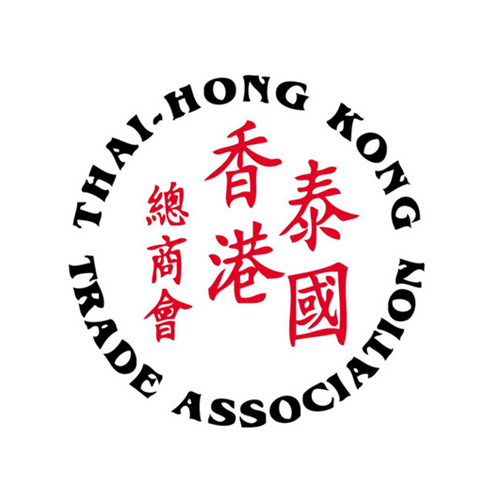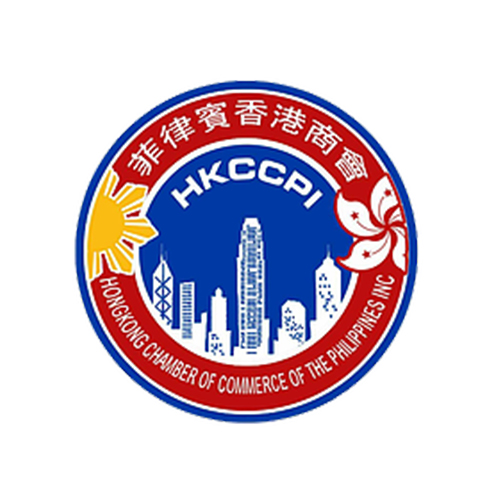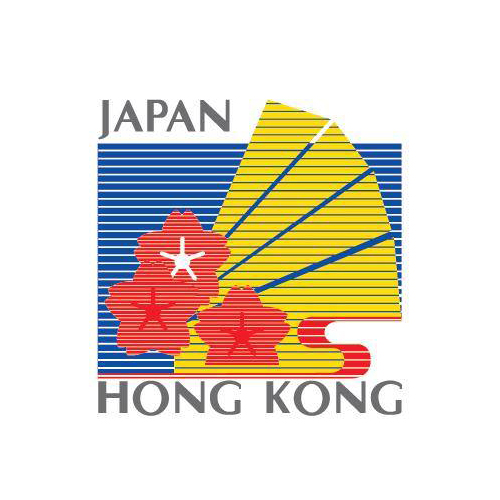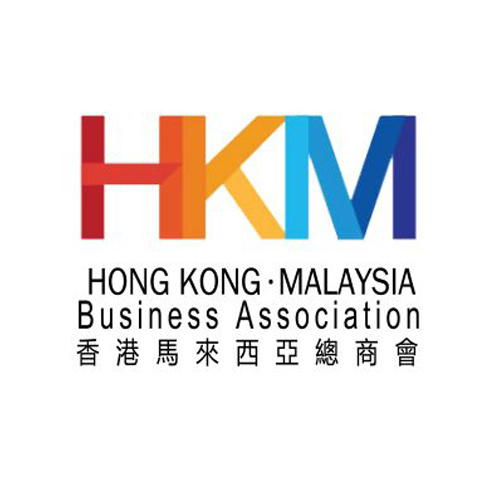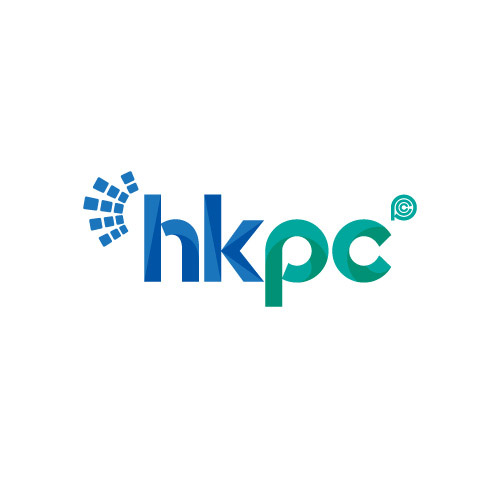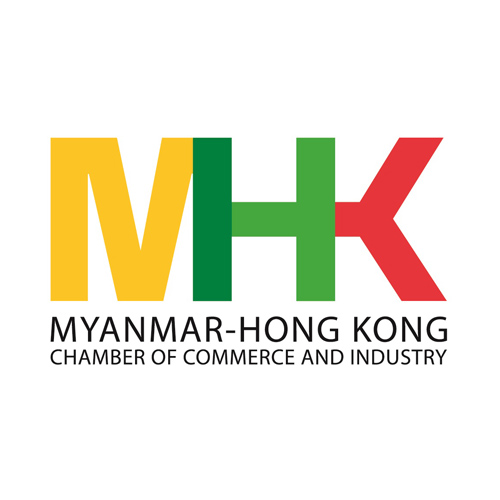Want to be in the loop?
subscribe to
our notification
Business News
ENORMOUS ROOM FOR VIETNAM LOGISTICS GROWTH
According to Mr Thanh, by becoming a member of the ASEAN Economic Community (AEC) and participating in numerous free trade agreements of the new generation such as: the Trans-Pacific Partnership Agreement (TPP), the Vietnam-EU Free Trade Agreement (EVFTA), Vietnam was on the way to become a processing centre of the world; trade volume in ports enjoyed sustainable increase (reached 427 million tonnes and 12 million TEU in 2015, exceeding expectations), creating a fertile market for logistics. Moreover, Vietnamese businesses were now under restructuring to strengthen domestic and international competition which would drive the demand for logistics higher. Especially, when the TPP takes effect and comes with it the elimination of 18,000 tariff lines as well as non-tariff barriers, goods flows between countries will be given a boost, as well as the opportunity to expand markets and engage in the chain of production and global supply for both Vietnam businesses and FDI enterprises.
However, besides huge opportunities, Vietnam's logistics industry still has some intrinsic shortcomings. According to Mr Scherbey Nestor - Senior Advisor of the Vietnam Trade Facilitation Alliance (VTFA), an overview into the logistics industry of Vietnam showed many limitations, from legal framework, ports, logistics centres, facilities, technology to human resources, infrastructure.
Expressing a different viewpoint from Mr Nestor Scherbey, Mr Bui Quoc Nghia - Director of the Vietnam Institute of Logistics (VIL) said that “the biggest knot” in Vietnam logistics was the infrastructure. Over the years, Vietnam had made much investment to develop the technical infrastructure for logistics but the efficiency remained low, the infrastructure remained underdeveloped (focus too heavily on roads), the quantification from the national, and regional to manufacturing sector level lacked accuracy.
Besides an unsynchronised development of infrastructure, slow technology updates and limited manpower, another reason behind the high cost of logistics in Vietnam was because businesses had yet to have proper awareness about the importance of logistics as well as to develop an interest in using professional services. With current logistics services, domestic enterprises were still mainly self-supply. “This is thought to help reduce costs, but in fact drives the cost higher. The key now is that we need to bring logistics services to each business as it is an indispensable tool for restructuring, improving competitiveness of businesses in the market,” said Mr Nghia.
According to several surveys, Vietnam logistics market currently accounts for approximately 25 percent of GDP - a relatively high rate compared with 10 percent of developed countries and is the direct cause behind the ballooned prices of products, the weak competitiveness of the economy in general and Vietnamese commodities in particular on the international market. According to VIL, there are about 2,000 registered logistics providers in Vietnam, but all are small and medium scale, only capable of providing part of the logistics chain; meanwhile the number of customers in demand of logistics services has climbed to about 300,000. These numbers reflect the incompatibility between logistics development and the number of firms having actual demand for this service. “This limitation needs resolving as soon as possible because only when the demand for logistics increases, can Vietnam logistics market grow strong, which means more competitive cost and prices, bringing practical benefits to businesses as well as the country's economy,” stressed Mr Nghia.
Source: VCCI
Related News

GOLDEN DEAL, KNOCK-DOWN OFFER
Are you ready for a fun-filled family vacation. Don't miss the super attractive Family Staycation package at Becamex Hotel. 2 days 1 night package with full amenities and free activities: Buffet breakfast, Swimming, tennis, bicycle, gym, sauna, cool ice cream, 300.000 VND service voucher and many other offers! Contact now for detailed advice.

"BEARY CHRISTMAS" CHARITY PROGRAM
As the Festive Season approaches, Caravelle Saigon, in collaboration with VinaCapital Foundation (VCF), is bringing a heartwarming charitable initiative to life — and we are delighted to invite all HKBAV members to take part in the very first “Beary Christmas” Charity Program. By adopting a Caravelle Bear for VND 299,000 nett, you will be directly supporting children battling cancer in Vietnam through VCF’s Can-Care/Can-Clover Program.

SOILBUILD INTERNATIONAL WINS “BEST INDUSTRIAL DEVELOPMENT” AWARD FOR SPECTRUM NGHE AN AT THE PROPERTYGURU VIETNAM PROPERTY AWARDS 2025
Soilbuild International is pleased to announce that its project, Spectrum Nghe An, has been awarded Best Industrial Development at the PropertyGuru Vietnam Property Awards 2025, held on 24th of October 2025, in Ho Chi Minh City. The PropertyGuru Vietnam Property Awards is part of the prestigious PropertyGuru Asia Property Awards series, the largest and most respected real estate awards programme in Asia.

WEBINAR: 2025 VIETNAM KEY TAX FINALISATION, UPDATES ON TAX CHANGES AND GLOBAL MINIMUM TAX
Dear Valued Client,We would like to invite you to our webinars on Friday, 12 December 2025, and Tuesday, 16 December 2025, to review and learn about key 2025 tax finalisation topics and stay ahead with the latest tax changes.
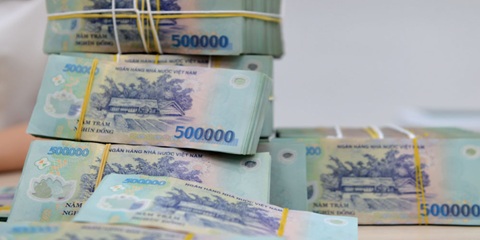
NEW ECONOMIC POLICIES EFFECTIVE THIS DECEMBER
Government Decree 304/2025, effective December 1, sets stricter conditions for seizing collateral, especially assets that are a borrower’s sole residence or essential work tools. In such cases, lenders must set aside a compensation amount equivalent to six to twelve months of minimum wage. The measure aims to improve transparency in bad debt handling and reduce credit risk in the banking system.

QUANG NINH TARGETS VND58 TRILLION IN TOURISM REVENUE
Quang Ninh Province is aiming to generate VND58 trillion in tourism revenue this year after surpassing its goal of 21 million visitors, driven by new tourism products, expanded nighttime activities, and large-scale events. As of mid-November 2025, Quang Ninh had welcomed 21.28 million visitors, up 12% year-on-year. Tourism revenue reached at least VND57 trillion, a 22.46% increase from the same period last year. With its visitor target achieved, the province is now pushing toward its revenue goal of VND58 trillion.
